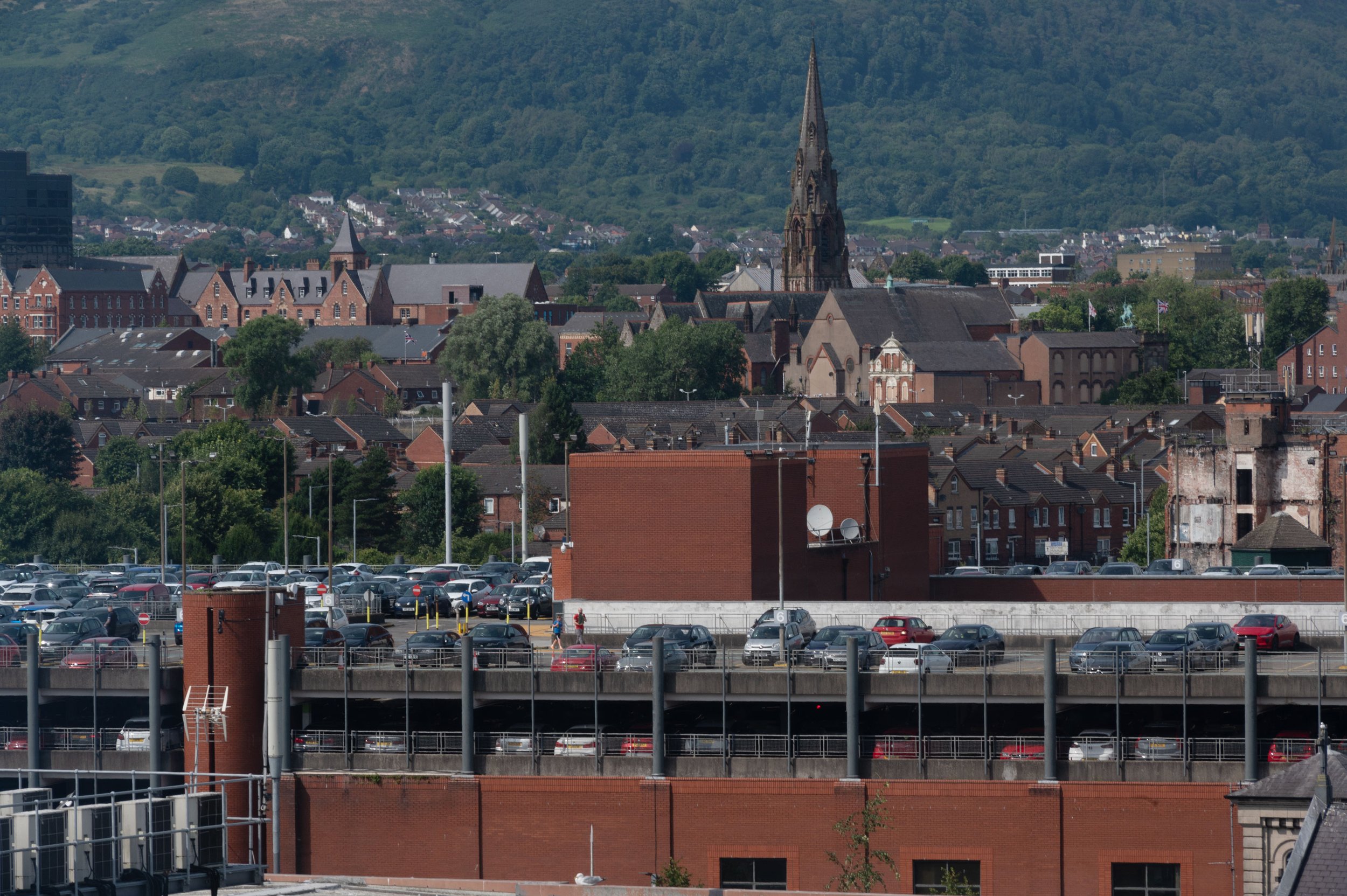The Troubles of North Ireland
It has been several years since The Troubles, and one might think that the two communities, Protestant and Catholic, now live together in peace and harmony. However, this is not entirely true. They shake hands, but they do not embrace. Young Protestants do not go to pubs in Catholic neighborhoods, even if they later become friends at university. Weapons and the spiral of violence that ended in 1998 with the Good Friday Agreement are no longer used, but the walls of Belfast still tell the story of what happened there. Walking past the taller buildings, it is inevitable to look up and see graffiti on the rooftops that seem to still leave room for a sniper. The flags waving in Protestant and Catholic neighborhoods mark the territories in such a way that one always knows which side one is on.
Intercommunal tensions remain latent, and violence flares up especially during the marching season of the Protestant Orange Order. One of the flashpoints is the Garvaghy Road area in Portadown, where parades have been indefinitely banned this year. Other marches, however, of a non-political nature—such as the gay pride parade—have finally managed to go through the center of Belfast after many years of prohibition.
These years of tension and violence have left a deep mark on both young and adult populations. Alcohol consumption is banned in some residential neighborhoods, with fines of up to 500 euros. Some believe these clashes are too deeply rooted in local culture to ever disappear. For others, it has become a way of life that is now very difficult to escape.
Belfast, July 2024.









































